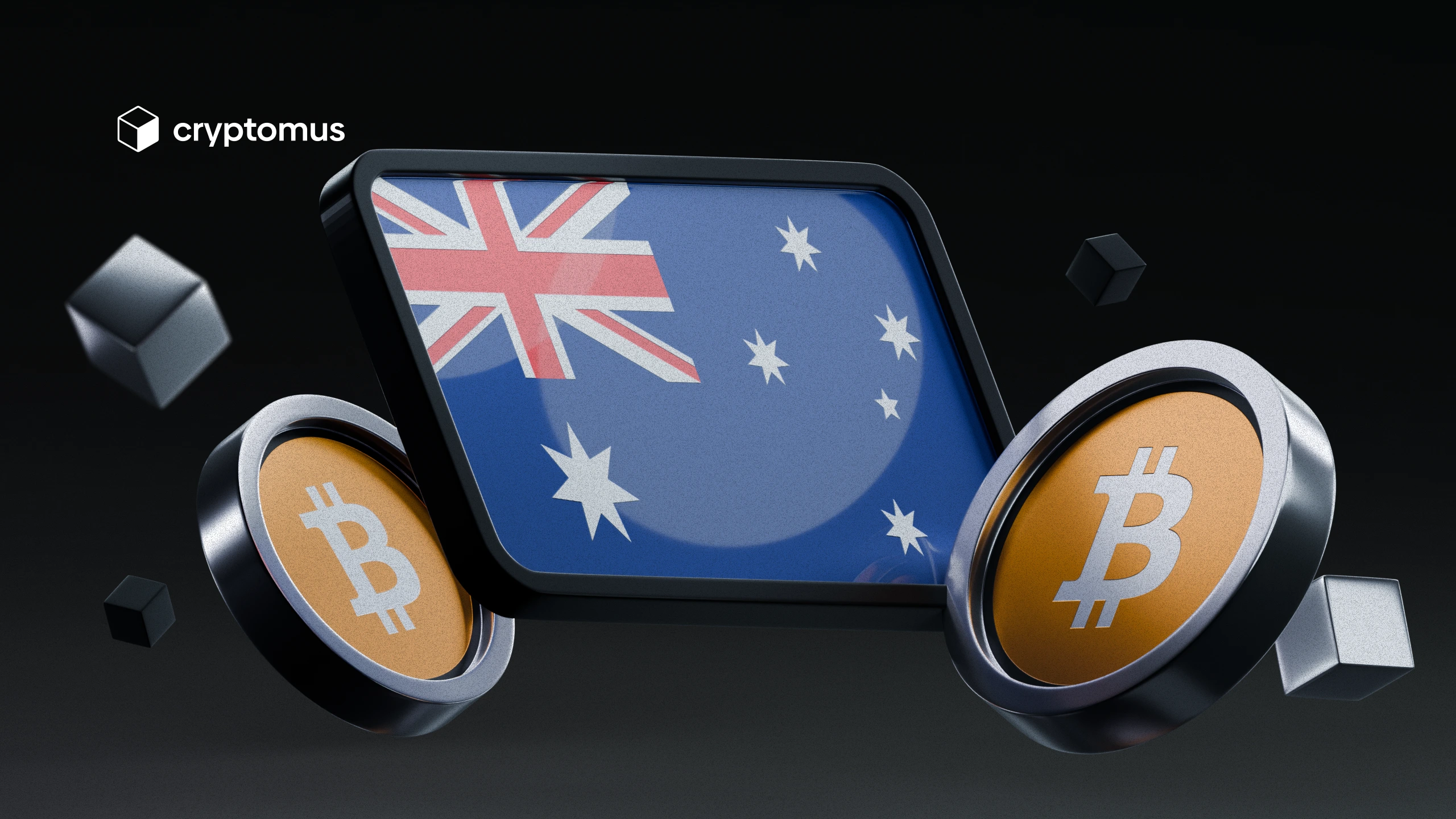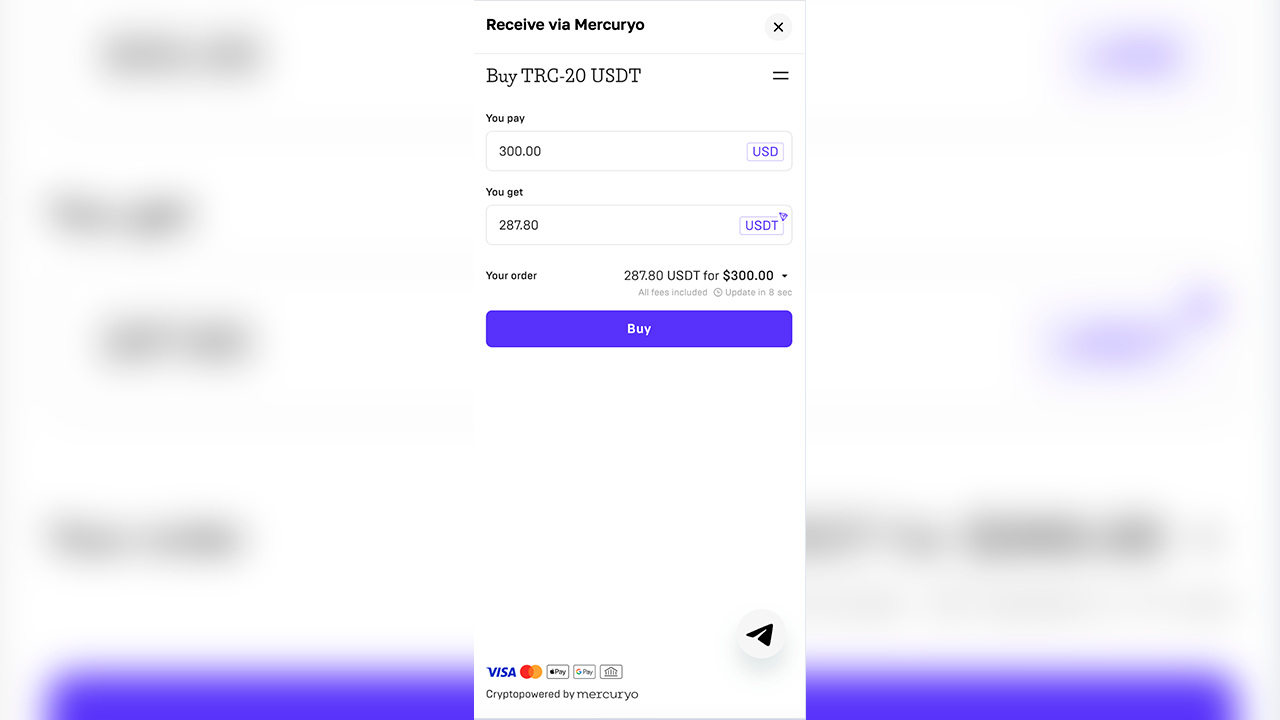
How to Buy Crypto in Australia
Cryptospace is considered a young and still developing sector. That's why in many jurisdictions the legal clarity for digital finance remains shady and complicated. Today, we'll research every important thing about crypto in Australia and answer the most popular questions. Let's begin!
Is It Legal to Buy Crypto in Australia?
The short answer is yes, buying, storing, and selling crypto in Australia is legal and even taxable, but all services must comply with AML requirements, and users are required to pass a KYC verification. Crypto is not a legal tender in the country. Accepting crypto is permitted, but your business must comply with Australian Consumer Law, tax rules, and privacy laws.
Ways to Buy Crypto in Australia
There are several ways to buy crypto in Australia, with their own advantages and disadvantages. Let's take a look at each of them.
Centralized Exchanges (CEXs)
CEXs are company-controlled online platforms where you can buy or sell crypto for AUD or another fiat currency. Such services are the most convenient tools for integrating with cryptospace for inexperienced users.
Examples: Cryptomus, Kraken, Swiftx.
-
Pros: strong security measures, easy to get started, many coins and features available.
-
Cons: control of the platform, mandatory KYC, high fees.
Decentralized Exchanges (DEXs)
These platforms operate through smart contracts that allow exchanging tokens directly from your wallet without middlemen.
Examples: Uniswap, PancakeSwap, SushiSwap.
-
Pros: access to rare tokens, full control over funds.
-
Cons: technical complexity, risk of phishing/token counterfeiting, low level of protection.
Crypto ATMs
These ATMs look and work just like fiat ones, but instead of exchanging card money for cash, they exchange crypto for fiat.
-
Pros: fast and simple for small transactions, supports both buy and sell functions.
-
Cons: high fees compared to online exchanges, may require phone verification or ID at higher amounts.
P2P Exchanges
P2P platforms connect buyers and sellers directly, without intermediaries. They basically find users with similar demand on both sides and let them trade on their own terms.
Examples: Cryptomus P2P, Bitget P2P, Binance P2P.
-
Pros: local payment options (bank transfer, PayID, PayPal, etc.), low fees, favourable exchange rate.
-
Cons: risk of scams, takes time to find a suitable offer.

Step-By-Step Guide on Buying Crypto in Australia
To buy crypto in Australia, you'll need to:
-
Choose a reliable method that suits your needs (platform, cash, ATM, etc.).
-
Verify trust and security before using.
-
Prepare your payment method (bank card, transfer, e-wallet, or cash).
-
Complete the transaction and make sure you actually receive the crypto.
-
Store and record your assets safely for future use.
And now let’s look at each method in more detail.
Centralized Exchanges (CEXs)
Choose a centralized exchange that answers your demands and follow the next steps:
-
Sign up and pass KYC.
-
Go to the buying page.
-
Choose the crypto you’d like to buy and purchase it as instructions say.
Decentralized Exchanges (DEXs)
To use this method, make sure to:
-
Set up and configure your wallet (including security measures).
-
Provide the “base coin of the network” for commissions (for example, if the token is on the BNB Chain network, you need BNB).
-
Connect your wallet to a supported DEX on the desired token network and perform the swap.
-
Check the result in your wallet and periodically review the approvals you have given. Record all amounts in AUD for tax purposes.
Crypto ATMs
To use this method:
-
Find a machine nearby.
-
Verify your identity, most ATMs require KYC.
-
Select the coin and amount.
-
Insert cash or card.
-
Scan your wallet QR to receive crypto.
P2P Exchanges
Choose a reliable P2P marketplace, sign up, go through KYC, and follow the next steps:
-
Pick a trusted seller with a high rating or create an order on your own terms.
-
Agree on a payment method.
-
Send funds to the seller's card.
-
Make sure you received the full amount of crypto.
Pro tip: you track your transactions using its hash through a blockchain explorer to know what goes on with your funds at any point.
Simple Way to Buy Crypto with Your Credit Card
Now let’s dive into the process of buying crypto with your credit card. We’ll take Cryptomus as an example.
Step 1: Sign up for a Cryptomus account to get your personal cryptocurrency wallet. Don’t forget to protect your wallet by enabling 2FA and setting a PIN.
Step 2: To buy cryptocurrency on Cryptomus, you need to pass the KYC procedure. You may do it through your personal account settings.
Step 3: Return to the dashboard and click “Receive”. Fill in all your criteria: select the desired cryptocurrency to buy and a suitable network. Then choose “Fiat” as a type of receive option when you’re buying any crypto with a debit or credit card.

Step 4: Click on “Receive via Mercuryo” and fill in the gap with the amount you’re going to pay in the preferred currency. The receiving amount of crypto will be automatically calculated in the payment form.

Step 5: Next, fill in your email address for getting a verification code, and enter your debit or credit card details to make a purchase.

Well done! You’ve just bought cryptocurrency with a card without any complications. The funds will be credited to your personal wallet soon!
Do You Have to Pay Taxes on Cryptocurrency Investments?
In short: yes, there are taxes on cryptocurrency in Australia, but you don't pay for the purchase itself—you pay when you do something with the asset (sell, exchange, spend, or receive it as income).
Here's the most important things to consider:
-
Buying and holding. No tax if you only buy and hold. Tax arises when you dispose of crypto — selling, swapping for another coin, converting to AUD, or using it to pay for goods/services. This triggers a capital gains tax (CGT) event.
-
Capital gains (CGT). Tax is calculated as the difference between your sale price and the “cost base” in AUD (purchase price plus commissions). If you held the crypto for more than 12 months, you only pay tax on 50% of the profit. For example, you bought a coin for 1,000 AUD and sold it 13 months later for 1,500 AUD → profit of 500 AUD; taking into account the 50% tax discount, only 250 AUD will be taxed.
-
Ordinary income. If you receive crypto through staking rewards, airdrops, or similar, it is taxed as ordinary income at your marginal tax rate. Later, if you sell that crypto, you pay CGT again, based on its value when you first received it.
-
Losses. Capital losses can offset only capital gains, not your salary or other income. Unused losses can be carried forward to future years.
-
Purchase method. Whether you use a CEX, DEX, ATM, or P2P, the taxation rules remain the same. Always keep detailed records in AUD — including dates, amounts, commissions, and TXIDs/receipts.
-
Donations. Giving crypto to registered charities is exempt from CGT. Record the value on the date of donation for deduction purposes.
-
Wash sales. Selling at a loss and immediately buying back is prohibited. Such losses may be disallowed.
-
Reporting. All crypto transactions must be declared in your tax return (via myTax or paper form).
So, it is legal to buy cryptocurrency in Australia, and it is subject to taxation when sold, exchanged, or used for payment. Buy through reliable platforms, store large amounts in your own wallets, and record transactions in AUD. Only invest what you are prepared to lose, and if in doubt, refer to the Australian Taxation Office's explanations or consult a specialist.
Did you find this article useful? Did we answer all of your questions? Let us know in the comments below!
Rate the article








comments
0
You must be logged in to post a comment